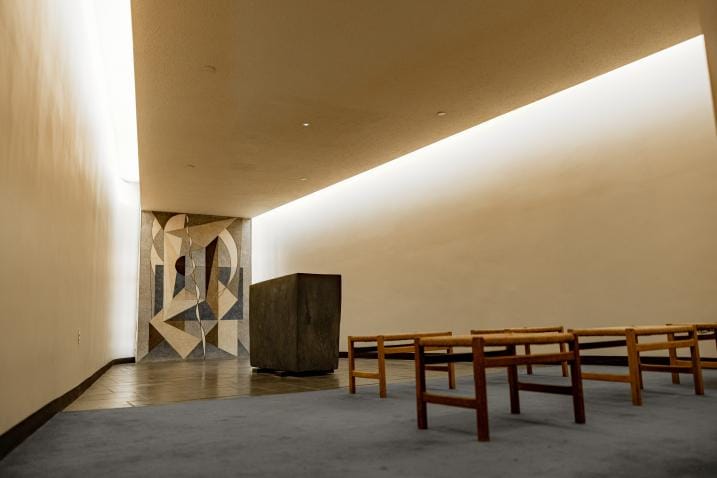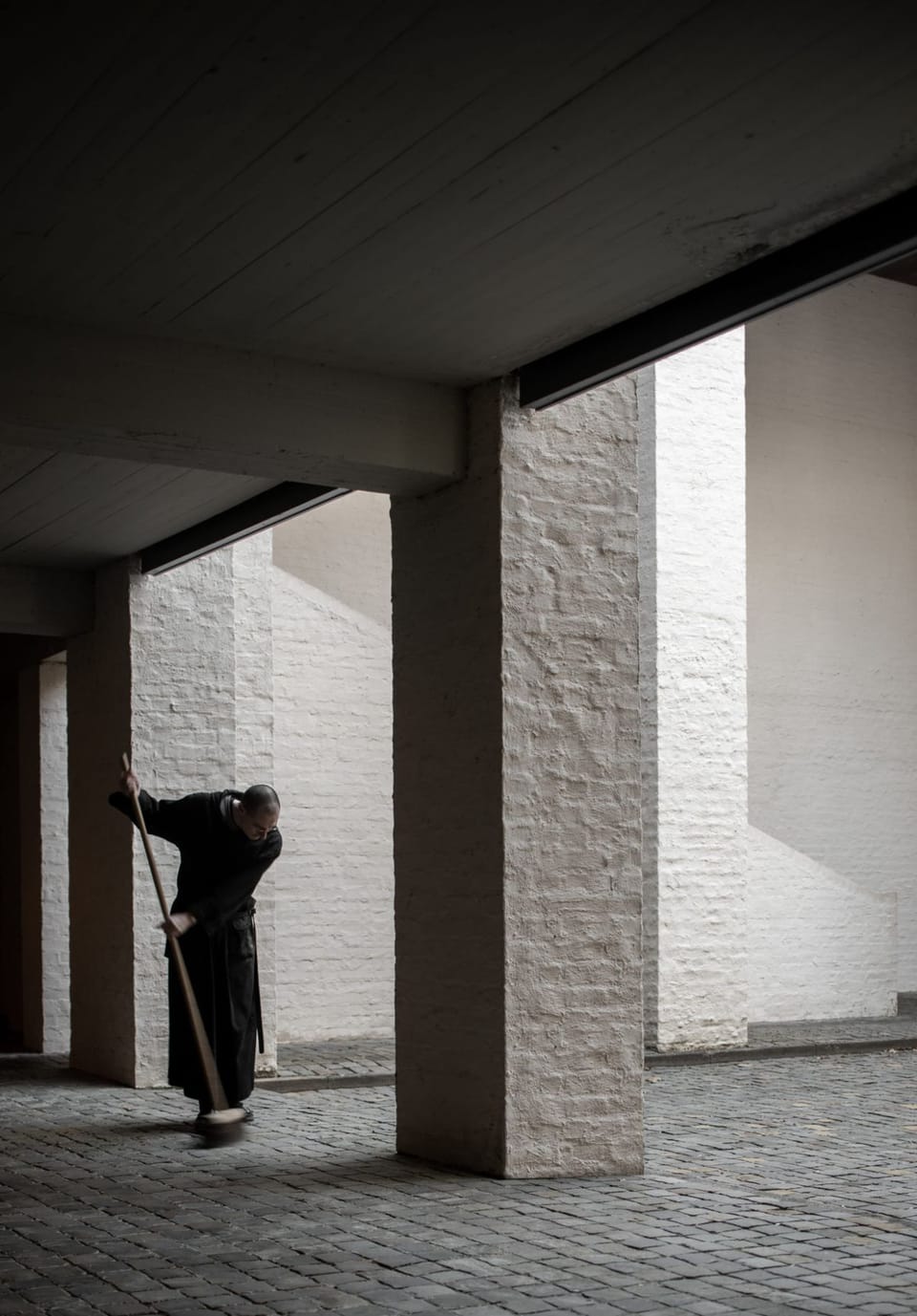SENSORY

The concept of salutogenesis, introduced by Aaron Antonovsky, reoriented the study of health away from illness and toward the conditions that support well-being. In architecture and spatial design, this shift has opened up new questions: not only how to reduce environmental stressors, but how to create settings that actively support

We’ve all felt it. The moment of entering a space that just feels right. Nothing announces itself, and nothing needs to. There’s a coherence to the environment that settles the body before the mind even catches up. In recent years, researchers have begun to explore this experience not

Not every home needs a meditation room. But every home, and every workplace, hotel, clinic or school needs somewhere to withdraw. Somewhere unprogrammed, quiet and psychologically off-limits to interruption. In architectural terms, we often call this a "quiet room," but the principle is broader: how do we design

In cities that hum without pause and buildings that pulse with utility, silence is often treated as a void to be filled. But silence is not the absence of meaning. It is a medium of experience, capable of carrying depth, intensity and clarity that speech often lacks. Architecture has long